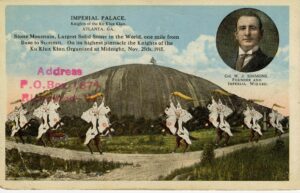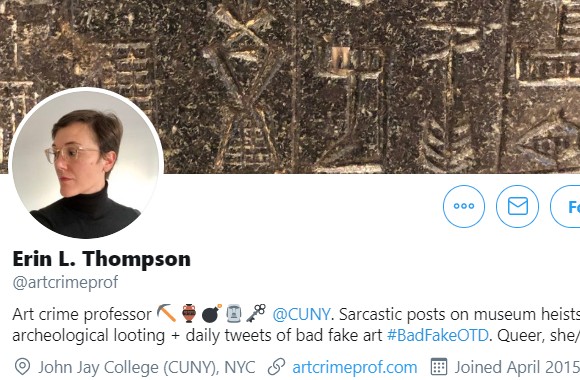

Then they burned a cross and announced the rebirth of the Ku Klux Klan, dormant for more than 40 years. On Thanksgiving 1915, Samuel Hoyt Venable and 15 other men climbed to the top of Venable’s Stone Mountain quarry. (Courtesy Virginia Commonwealth University Libraries) Postcard celebrating the 1915 revival of the Klan at Stone Mountain. “They made the low-ranked soldier into the central figure of their account of Confederate history.”Īnd they celebrated that soldier with statues.

“As Southerners’ accustomed way of life dissolved, a group of writers and orators began to reinvent the memory of the Civil War,” Thompson writes. The Southern elite didn’t want working-class whites getting ideas about making common cause with each other or with working-class Blacks. Listen to your betters.Īs these monuments went up in the late 19th century, Thompson notes, unions were trying – vainly – to gain a foothold in the South’s mines and mills.

In both cases, the lesson was clear: Know your place. But, Thompson writes, the statues of nameless infantrymen, standing, waiting for orders, were intended for poor whites. The statues of generals on horseback, fiercely waving their swords, were meant to intimidate Blacks. The Brattleboro Soldiers’ Monument, showing emancipation and the reunion of Northern and Southern soldiers.


 0 kommentar(er)
0 kommentar(er)
